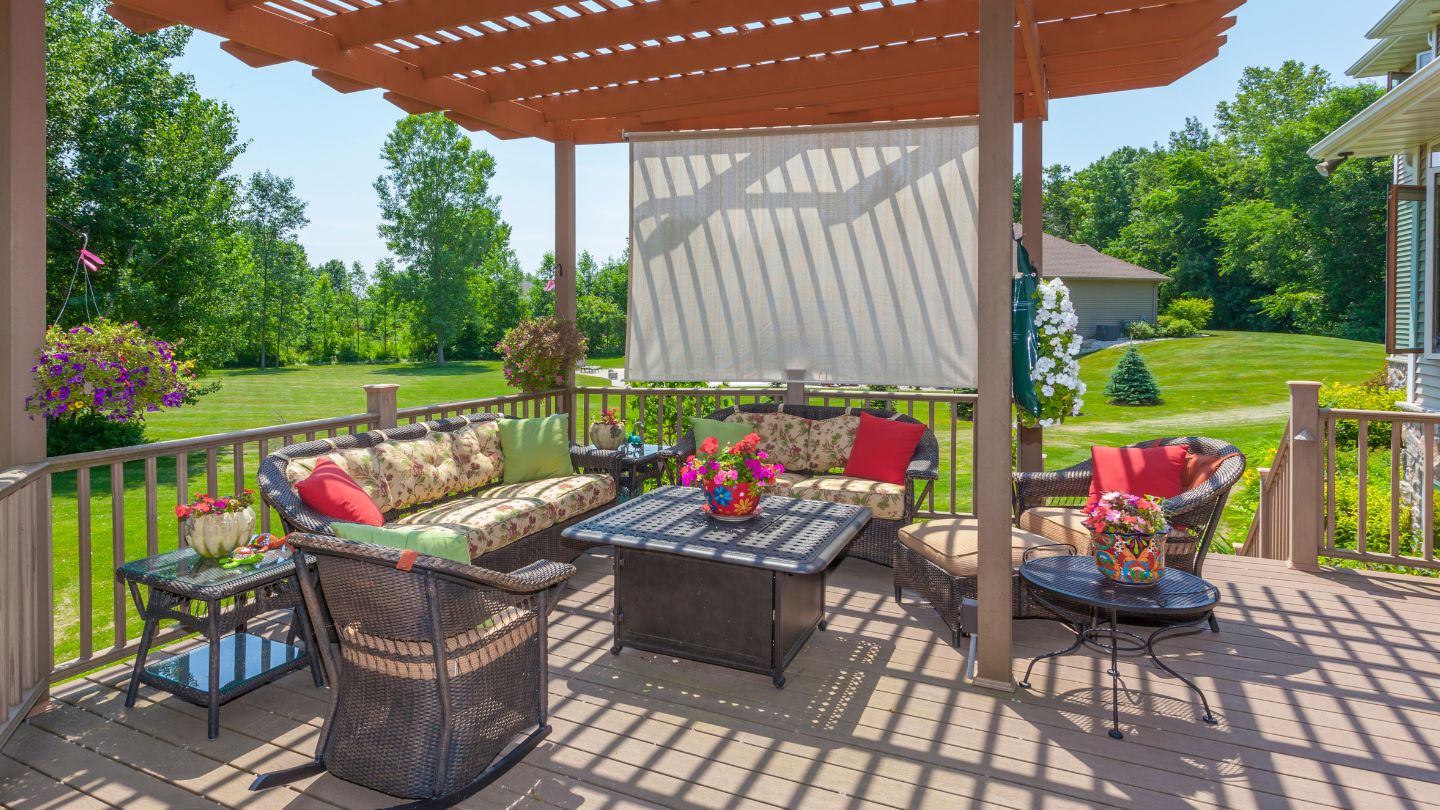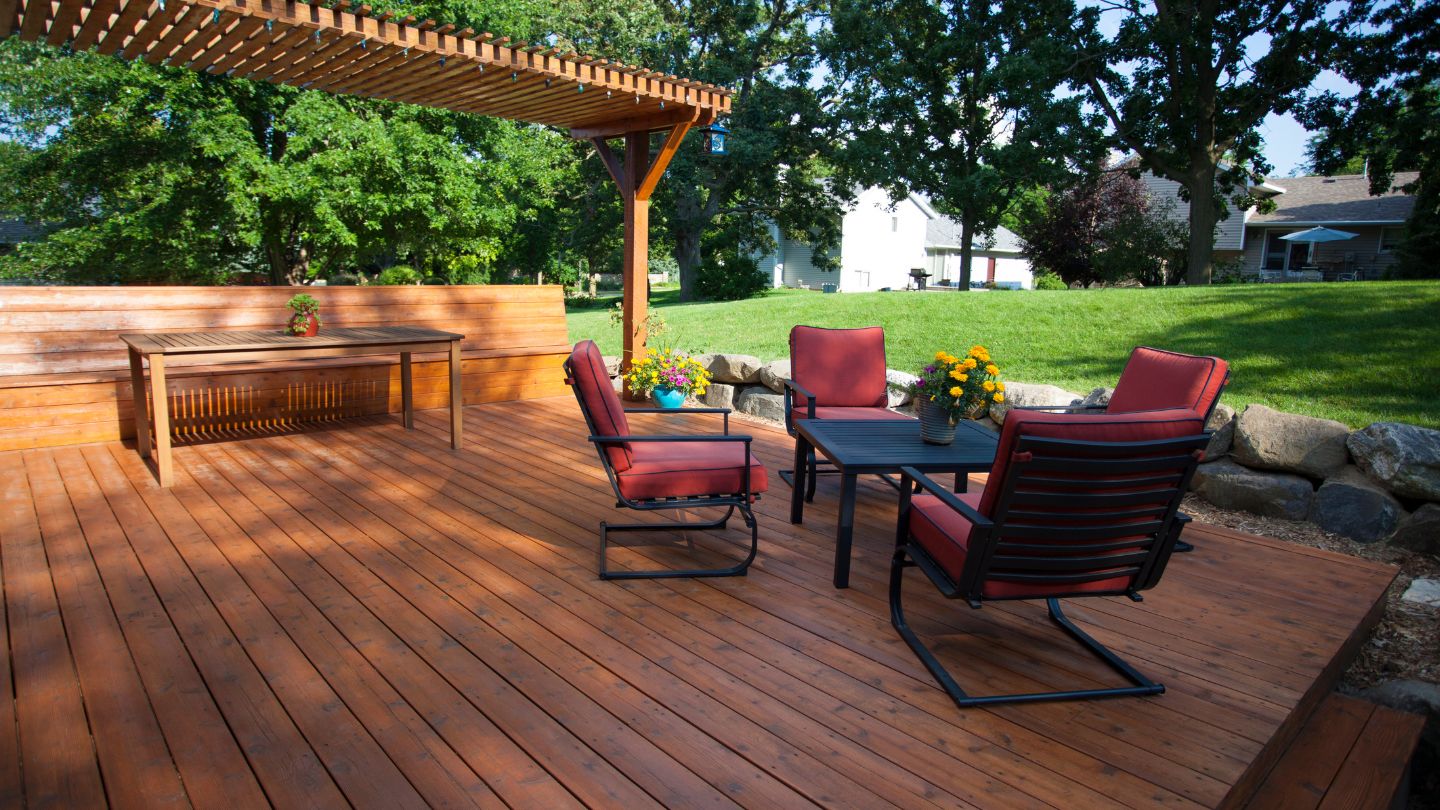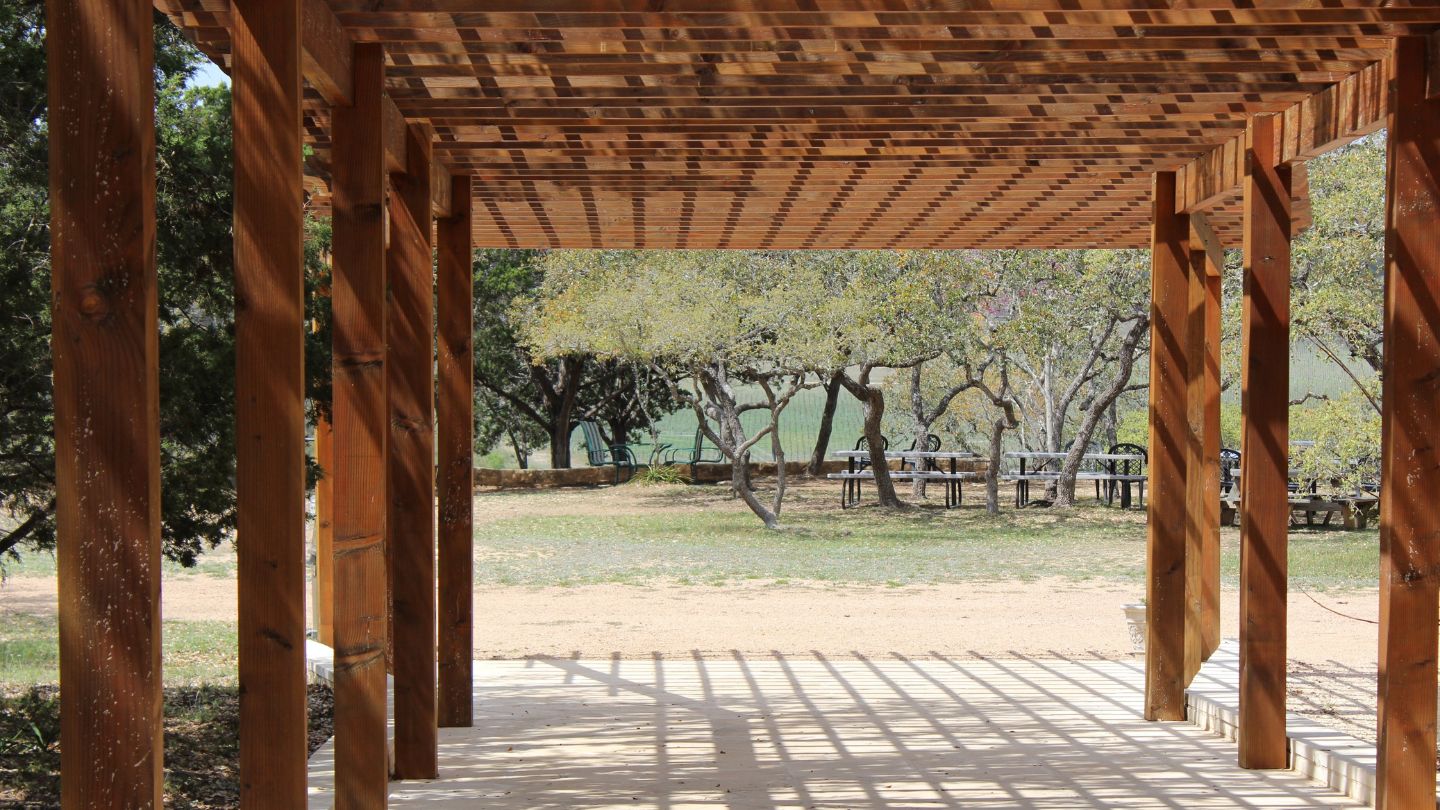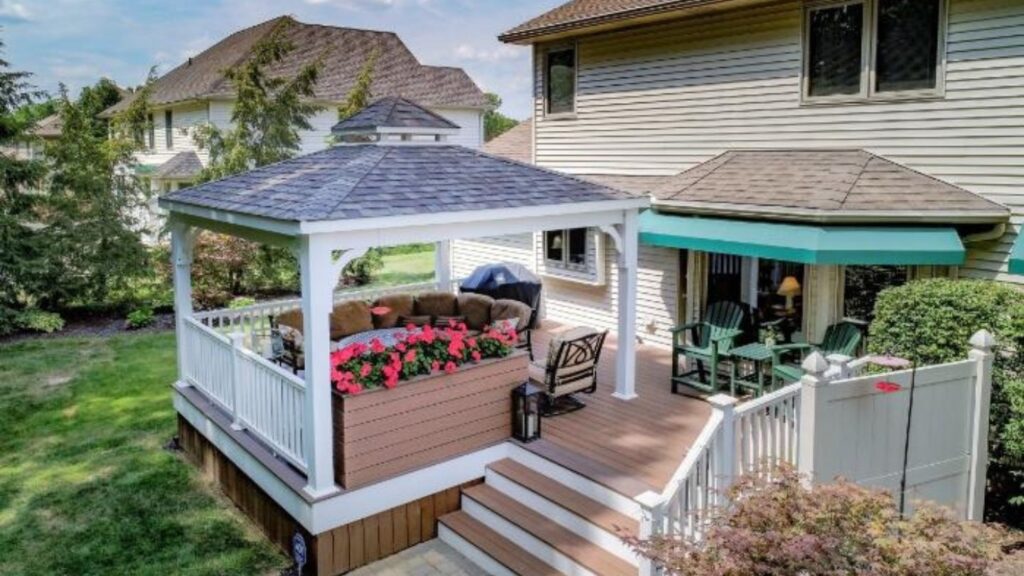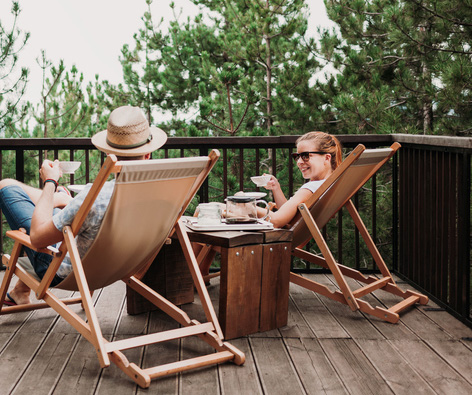A thoughtfully built outdoor structure can do more than provide relief from the sun it can completely transform how you enjoy your deck. The right design blends style with function, creating a welcoming atmosphere that feels like a true extension of your home. By combining smart planning with the right shade structures, you can turn an ordinary setup into a feature-packed outdoor living space that’s perfect for relaxing, entertaining, or dining.
Define the Purpose First
Before deciding on materials or colors, start by defining the purpose of your project. Will this space be for family meals, weekend entertaining, or quiet afternoons with a book? Knowing the goal helps guide every decision, from the pergola design to the finishing touches.
If you want a versatile area, consider a retractable canopy that allows you to adjust sunlight levels throughout the day. For a cozy retreat, you might choose outdoor curtains that offer both privacy and weather protection. And if entertaining is the priority, ensuring enough space for outdoor furniture will be essential.
Material Selection for Style and Longevity
When designing pergolas and shade structures that complement your deck, material choice can make a significant difference in appearance, durability, and maintenance.
- Wood pergolas: Cedar and redwood are naturally resistant to decay, while a wooden pergola made from pressure-treated lumber offers a more affordable option. Perfect for classic and traditional pergolas.
- Composite decking paired with vinyl pergolas creates a low-maintenance shade solution with consistent color and texture.
- Metal pergolas, such as steel or aluminum pergolas, are ideal for sleek, contemporary spaces.
- Attached pergolas work well when you want a smooth transition from indoor to covered deck.
Matching finishes with your existing surface can create visual unity, while complementary colors can make the structure stand out.
Scale and Proportion Matter
A common challenge in pergola design is getting the proportions right. Oversized frames can overwhelm a custom deck, while smaller ones may appear insignificant. A balanced approach ensures the structure fits both visually and functionally.
Key considerations:
- Align the posts with your deck’s existing layout.
- Keep heights between 8–10 feet for a sense of openness and proper deck shade coverage.
- Consider roof styles, such as a louvered roof for adjustable shade or a shade sail for a softer look.
Color Coordination and Finishing Touches
The right color can unify your outdoor space or create a striking contrast. Lighter shades brighten a covered patio, while deep stains add warmth and intimacy. Painted finishes can tie the structure to your home’s trim or exterior color palette.
If you prefer a nature-inspired look, allow a shade tree nearby to provide seasonal natural shade that changes with the year. For a more structured approach, pergola shade panels or shade cloth offer consistent coverage.
Shade and Comfort Features
How you cover the frame determines the functionality and comfort of your outdoor shade area. Popular shade options include:
- Shade sails or sun sails for a modern, airy feel.
- Pergola shade panels for full coverage during peak sun hours.
- Climbing plants such as jasmine or wisteria for greenery and natural cooling.
- Outdoor rooms with ceiling fans, lighting, or heaters for year-round use.
Adding patio cover elements like built-in lighting or integrated speakers can make the space more enjoyable for evenings and gatherings.
Integrating with Landscape Design
The most appealing shade structures are thoughtfully connected to their surroundings. Consider how your new feature will fit within your landscape design. Align it with a garden path, position it to frame a scenic view, or surround it with planter boxes. This not only ties the space together visually but can also add privacy.
If your property allows, you can combine outdoor rooms with functional features like a covered patio, or design the layout to flow naturally toward a pool or garden.
Style Inspiration for Any Outdoor Living Experience
If you’re exploring pergola ideas to complement your setup, here are a few design directions:
- Modern pergolas: Minimalist frames, clean lines, and neutral finishes for contemporary homes.
- Traditional pergolas: Decorative latticework, ornate beams, and warm wood tones for timeless charm.
- Rustic retreat: Thick beams, earthy finishes, and outdoor furniture in natural textures.
- Coastal look: White or pale finishes, breezy outdoor curtains, and patio ideas with rope accents.
The purposes and functions of pergolas go far beyond mere aesthetics. Originally designed as shaded walkways or garden passageways for growing vines and grapes, pergolas today are popular additions to decks and patios that serve multiple roles. They provide essential shade, help define distinct outdoor zones by adding architectural height, offer a measure of privacy, and can even boost your property’s value.
Read more: Pergolas vs. Pavilions
Avoiding Common Mistakes
Even the most beautiful outdoor living project can fall short if basic planning is overlooked. Common issues include:
- Ignoring the path of the sun, leading to ineffective deck shade.
- Choosing materials that require more upkeep than you can manage.
- Overcrowding the outdoor area with mismatched furniture or decor.
- Selecting a shade structure that doesn’t align with your climate’s needs.
Final Thoughts
A successful project balances function, style, and comfort. By planning the purpose, selecting materials carefully, and integrating the right shade options, you’ll create an outdoor living experience that’s tailored to your lifestyle. The result will be a comfortable, beautiful outdoor space you can enjoy year-round.
Ready to create a design that’s perfect for you? Our skilled team at Woodland Deck Company is here to help plan and build your ideal space. If you’re looking for a trusted pergola contractor in Northeast, contact us today and start turning your vision into reality.
